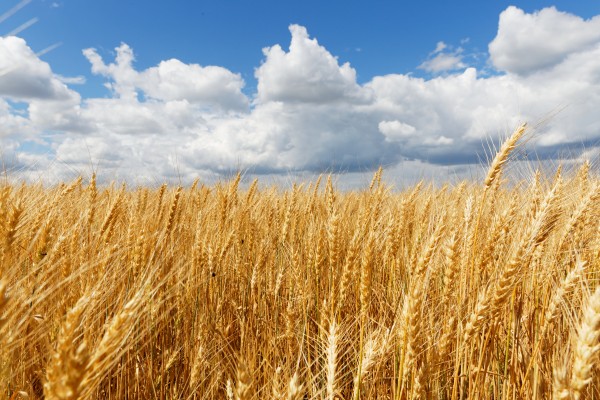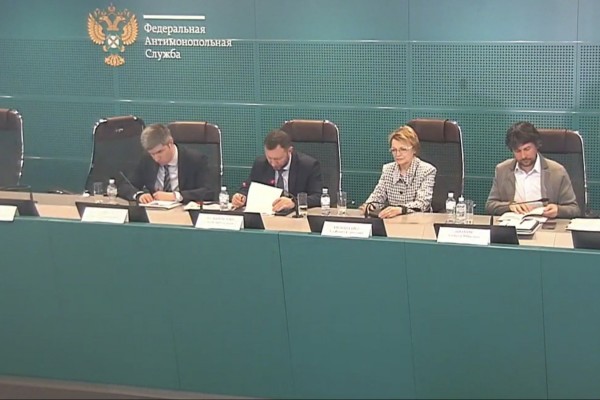On June 29, Alexey Ivanov, Director of the BRICS Competition Law and Policy Centre, spoke online at the scientific conference "Current Trends in Low-Carbon Development: Global and Regional Aspects", which is taking place from June 28 to July 1 in Grozny. The event was organized jointly by the Chechen State University named after A.A. Kadyrov, Grozny State Oil Technical University (GSOTU) named after academician M.D. Millionschikov and the Chechen Academy of Sciences.
One of the priorities of the international decarbonization agenda in the near future will be the reduction of emissions in the agroindustrial complex (AIC), said Alexey Ivanov during his presentation. Today, "dirtier" sectors, such as petrochemicals, transport and metallurgy, attract more attention, but the agricultural sector generates about a third of all emissions. Nitrous oxide emissions, which are used in fertilizers, and the extensive model of agricultural development, including livestock and crop production, are becoming serious pollution factors.
In this regard, the development of agrarian and climatic research and projects, in particular, carbon polygons — areas where greenhouse gas emission control technologies are tested, in various natural ecosystems — are a priority. The Higher School of Economics, together with Chechen State University named after A.A. Kadyrov, is already implementing a number of projects to study the sequestration potential of plant ecosystems and pastures, Ivanov emphasized.
Despite the difficult international context and geopolitical tensions, cooperation in the field of climate projects continues to develop. In Russia, in 2021 a law was passed that introduces mandatory reporting on greenhouse gas emissions for a number of companies in Russia and creates the contours of the national system of carbon trading. There are sites for such transactions, but prices are still much lower than, for example, in the European Union. Сarbon markets are also emerging in friendly jurisdictions — in the BRICS countries, especially China, as well as in Africa and Latin America.
"It is on climate projects that different countries have a much greater consensus and readiness to cooperate. We are already holding discussions on the integration of Russian climate projects into foreign international or regional market formats, which are now taking shape,"
said the speaker.
There are two types of carbon markets in the world: regulated and voluntary. Markets of the first type imply mandatory emissions reductions. In this system, emission limits are set and countries undertake certain obligations to comply with them. The other model is markets for so-called offsets, voluntary deals that are made between large emitting companies that need to reduce their carbon footprint and sequestration companies that engage in carbon sequestration.
Such offset deals are implemented around the world on very different principles, which makes it possible to experiment with the terms of cooperation and build comfortable formats for interaction between BRICS partners.
"I think agrarian-climatic projects are among the most attractive for this market. They are shorter in cycle, which means they have less risk of leaks of the deposited in the soil carbon. In addition, given the trust deficit in international politics, long-term projects are difficult to manage, while short agrarian projects allow you to get results within 1 to 3 years."
Agroclimatic vector in the implementation of a large project on carbon landfills is very important and needs to be supported, the director of the BRICS Centre is convinced. Earlier, the head of Ministry of Science and Higher Education supported this direction of the carbon project development and pointed to the need to form common principles and methodology of agro-climatic polygons.
According to the 2021 report entitled "Battle for the Climate: Carbon Farming as a Stake for Russia" and prepared by experts of the BRICS Competition Law and Policy Centre, the HSE – Skolkovo Institute for Law and Development and the HSE Technology Transfer Centre, Russia may become one of the key suppliers of projects generating emissions reduction units, including for international investors. Reducing emissions using the natural and climatic potential of Russia is more profitable than in many other regions of the world, the study noted.
In 2021-2022, 15 carbon landfills were established in different regions of Russia with a total area of over 40 thousand hectares. More details about their locations and areas of work can be found on the project website.
The aim of the conference is to expand interregional and international scientific cooperation on the development of modern methods and innovative technologies of low-carbon development under climate change. Scientists, postgraduates and students, specialists in the field of ecology, economics and meteorology, representatives of business structures, public environmental organizations and authorities are invited to participate in the event.




